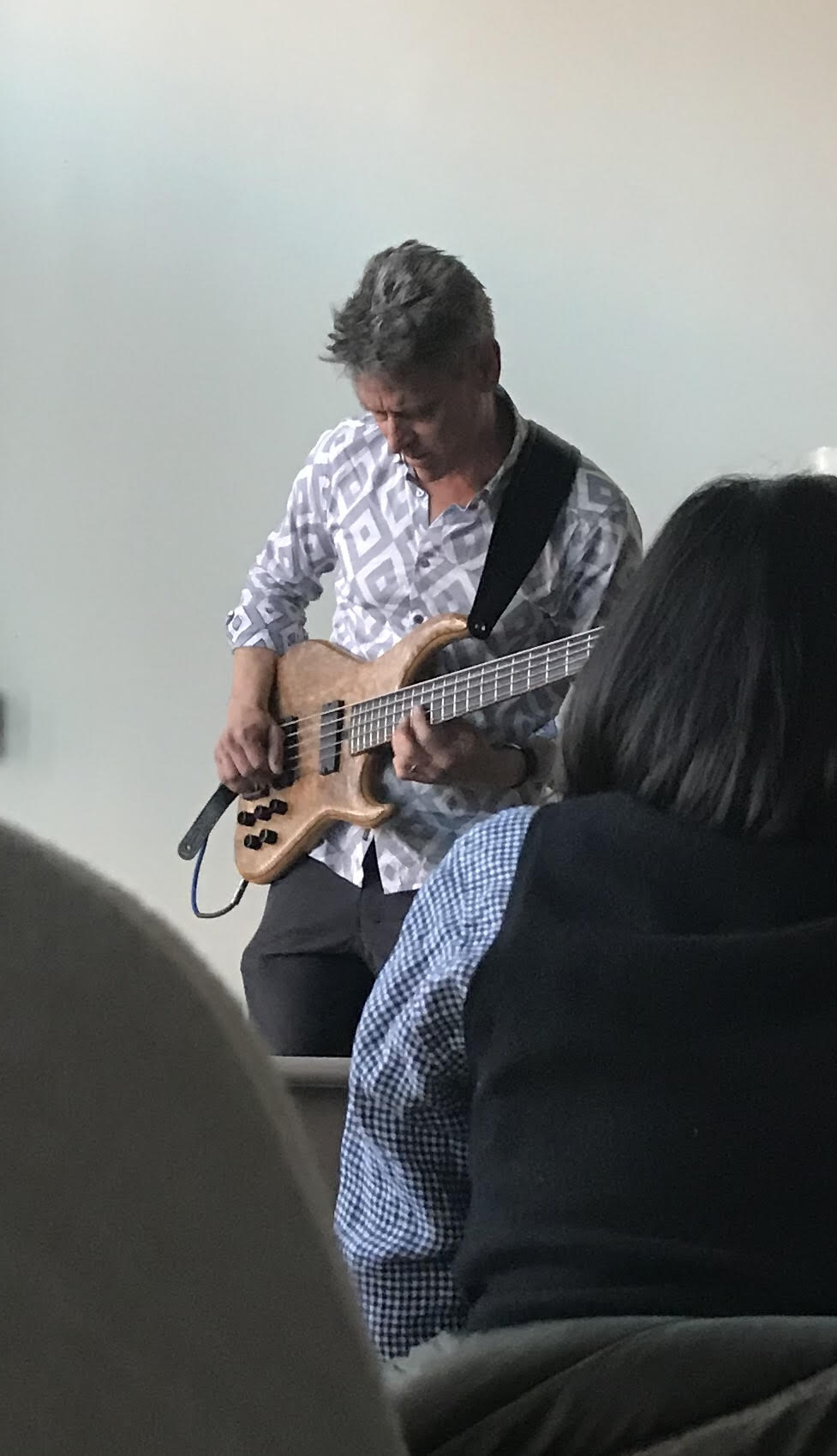
I have sat through my fair share of academic lectures, and every passing year it is harder to find a presentation worth an hour or two of my life. Most presentations, especially in architecture, are skillfully formulated to make the presenter appear superhuman, as if they have something really figured out. They usually withhold vital information that would allow you to replicate what they have done.
You wouldn’t want to admit the client was your dad’s business partner or that you became “well-acquainted” with key individuals on the selection board. That is why I was so pleasantly surprised when I attended a lecture of a friend and former co-worker — Rob Paulus. Rob is an accomplished architect, developer and musician who shared his insights regarding composition. I have long believed that composition is the foundation upon which all artwork is made, yet we rarely discuss it.
We are currently experiencing a crisis of authority and in my opinion no longer adequately teach composition in our schools. This unfortunately drives most to mimic and copy other’s work largely unaware of the meaning and impact a particular composition embodies. We have lost control of the words and concepts we used to illuminate our understanding of composition. Beauty or a great composition is in the eye of the beholder, right? How can you tell someone their feelings or preferences are incorrect or untrained? However, Rob’s presentation toggled back and forth from him riffing on his bass guitar and showing his architectural projects.
He talked about how architecture is a collaborative art form that is experienced — much like music. He explained how both art forms require thousands of hours of focused commitment to master.
Both art forms have an identifiable structure and employ similar strategies for creating interest or emphasis. One basic strategy is layering substructures on top of the primary structure or by breaking with the structure altogether. He demonstrated how anticipation can be created by controlling the space between notes, what visual artists call the negative space. He demonstrated how different compositions profoundly impacted one’s experience and emotions.
It occurred to me during the presentation that these experiences and observations were not just discerned by individuals but were experienced and perceived collectively, perhaps universally. Everyone in the room could tell the difference between a piece of music that was sad vs energetic or angry vs soothing, and it is the same way with architecture. The presentation was a breath of fresh air; it validated the need for artists to train their intuition, emotions and feelings — the tools that guide them through a process of making complex decisions. Rob gave us tools to understand and discuss composition in a more productive way.
